Did you know that we have 15 Unesco world heritage sites in Sweden? We often check for world heritage sites when we're travelling, but we tend to forget that there are world heritage sites in Sweden too. We list them all - from north to south.
Table of contents
Unesco World Heritage Sites in Sweden
When we are abroad, we often try to visit Unesco World Heritage sites. Not because we collect world heritage sites, but rather because world heritage sites are usually interesting to visit. Many times, World Heritage Sites are historic cities or magical national parks. But as usual, it is easy to focus on countries abroad and forget about Sweden. What are the Unesco World Heritage Sites in Sweden?
15 Unesco World Heritage Sites in Sweden - from north to south
We actually have 15 places in Sweden that are on the World Heritage List, did you know that? Not all of them feel important to see (although all of them feel important to protect and preserve!) but some are super interesting. Here is the full list, from north to south.
1. the Struve meridian arc
- What? In the early 19th century, the German-Russian astronomer Wilhelm von Struve used triangulation to calculate the size of the Earth. The arc consists of 265 measuring points, seven of which are in Sweden. Four are part of the World Heritage and are located on the mountains Tynnyrilaki (Kiruna), Jupukka (Pajala), Pullinki (Övertorneå) and Perävaara (Haparanda).
- Why World Heritage? "An extraordinary example of the exchange of human values through international scientific co-operation."
- Reflection? Interesting, but perhaps not so much to look at. Or?
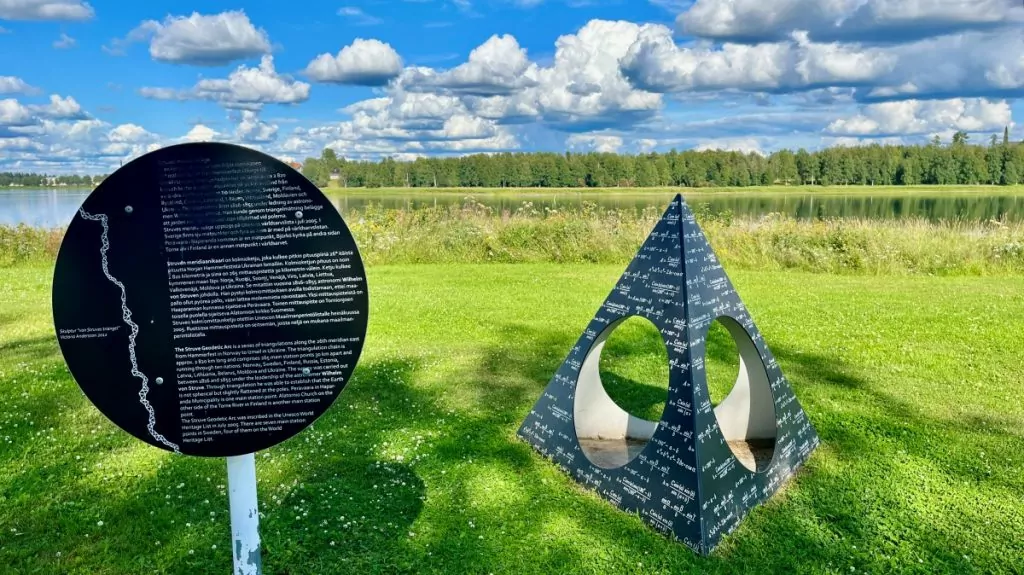
2) Laponia
- What? One of Europe's largest wildernesses (including four national parks and two nature reserves) with beautiful scenery: plains, forests, mountains and glaciers. Laponia also contains a Sami cultural landscape and thousands of years of human history.
- Why World Heritage? "An outstanding example of how the Earth has evolved, especially geologically, and how ecological and biological changes are occurring today."
- Reflection? Looks amazingly beautiful in pictures!
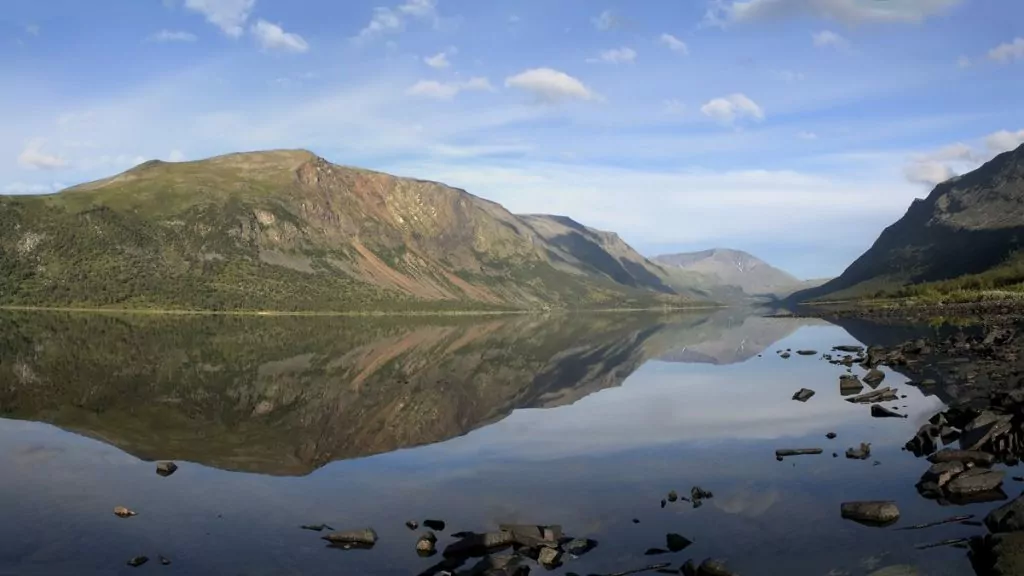
3. Gammelstad church town
- What? Gammelstad church town is a traditional church town with wooden houses, which has been the marketplace and centre of a large geographical area since the 14th century.
- Why World Heritage? "An outstanding example of the traditional church town found in northern Scandinavia."
- Reflection? What a charming little town!
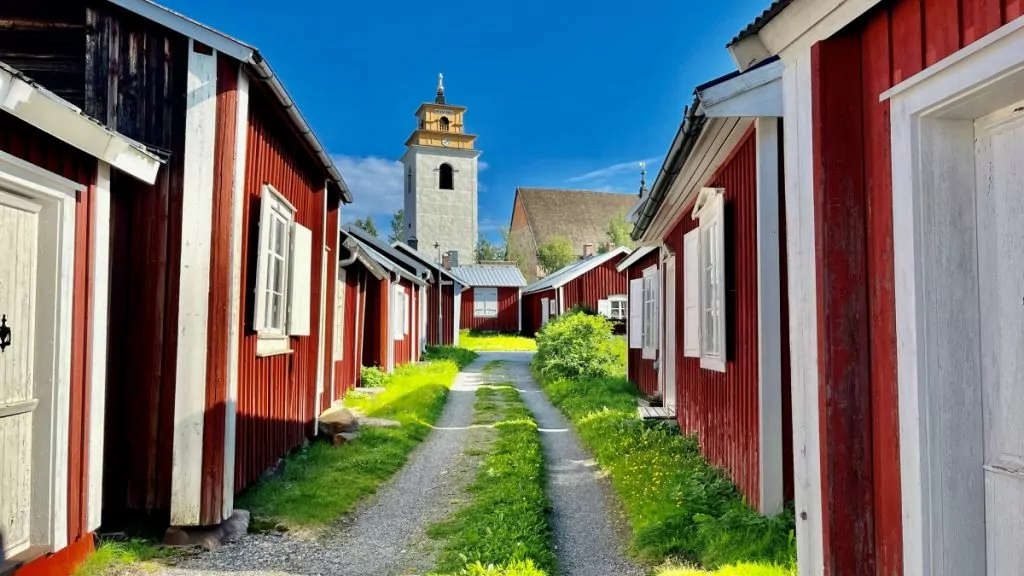
4. The High Coast and the Kvarken Archipelago
- What? High coast is located in Ångermanland and has a magnificent landscape, created by land uplift after the melting of the inland ice.
- Why World Heritage? "The area is one of the places in the world with isostatic land uplift due to the disappearance of the ice sheet."
- Reflection? We have travelled in this area with our motorhome. Beautiful!
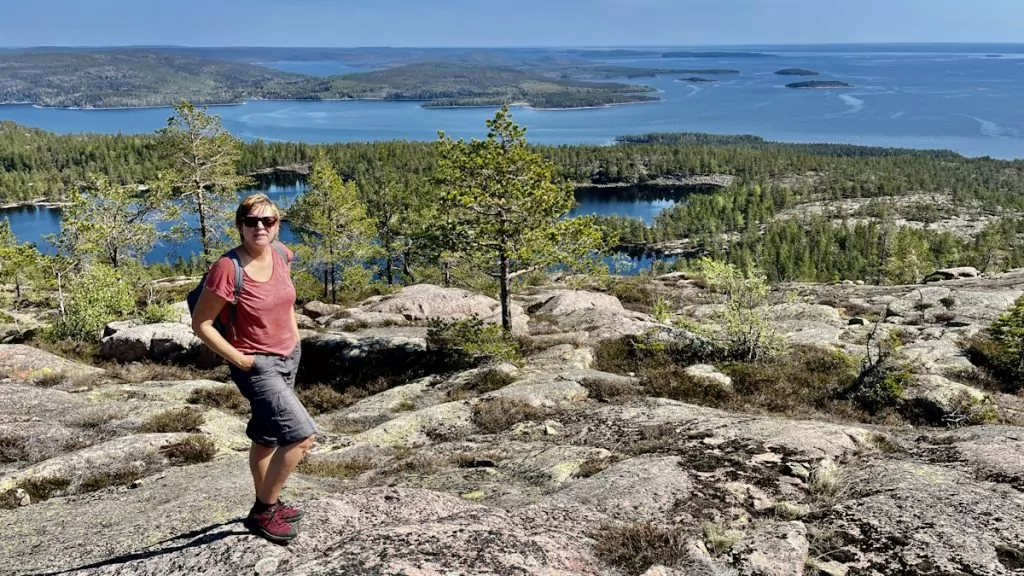
5. Hälsingegårdarna
- What? In total seven health farms from the 19th century, all located in Hälsingland. Of the 100 or so Hälsingland farms that exist, these are the best examples.
- Why World Heritage? "An extraordinary combination of timber construction and folk art traditions, the wealth and social status of the independent farmers who built them."
- Reflection? Interesting, would love to see these!
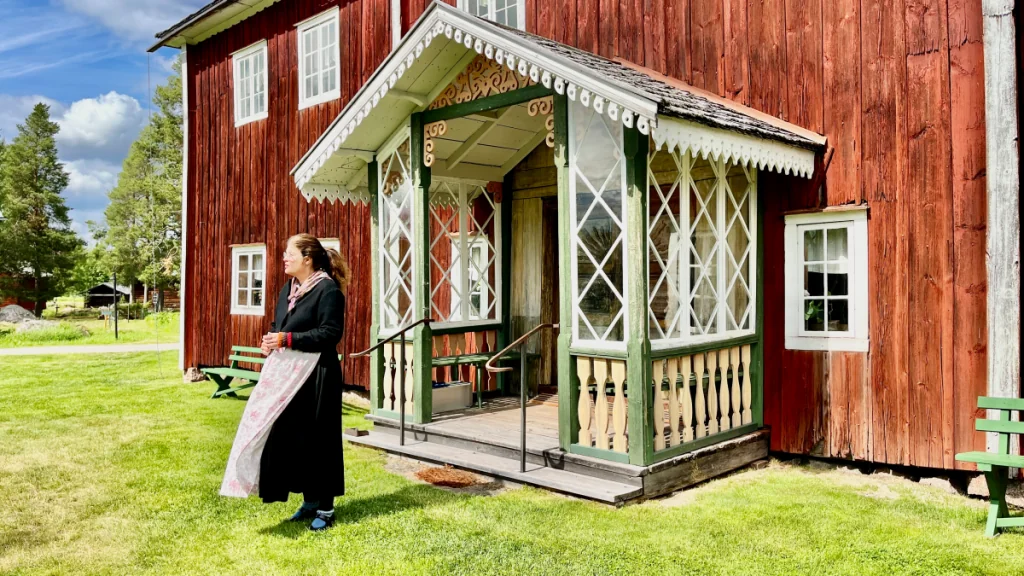
6. Falun and Kopparbergslagen
- What? The historic industrial landscape in Dalarna around Stora Kopparberget and Falun, and among others Falu copper mine.
- Why World Heritage? "Mining ceased at the end of the 20th century, but over many centuries it has had a strong influence on technical, economic, social and political development in Sweden and Europe."
- Reflection? I (Helena) have visited this area for a conference, but I would really like to see more of the Falu copper mine.

7. Engelsberg Mill
- What? Engelsberg Mill, located in Västmanland, is one of the world's foremost industrial monuments with its 17th and 19th century industrial facilities.
- Why World Heritage? "An outstanding example of a significant European industry from the 17th and 18th centuries with important technical remains and both offices and housing preserved."
- Reflection? This is a Unesco world heritage site in Sweden that we hadn't even heard of... Might be interesting to learn more about the history!
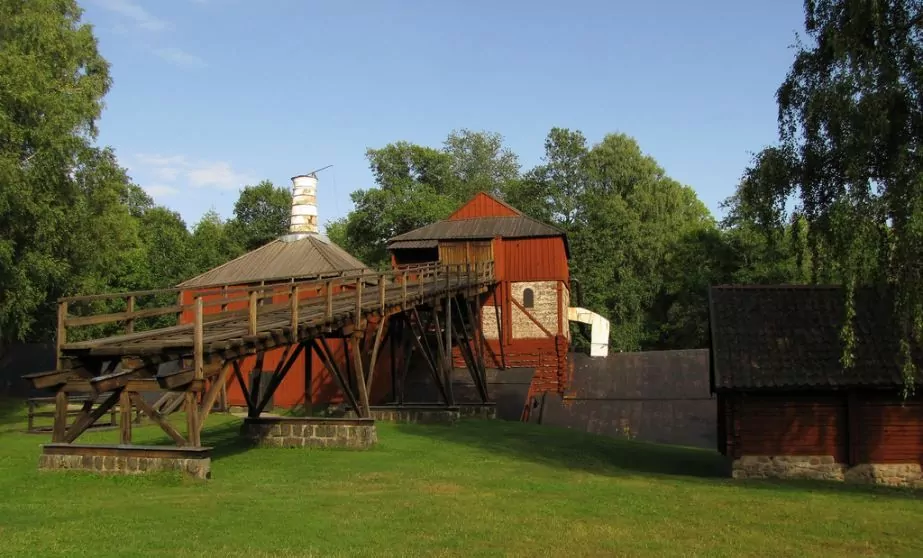
8. Birka and Hovgården
- What? Birka on Björkö was an important trading centre and international port from the 7th century. Hovgården on Adelsö was the site of the king's residence.
- Why World Heritage? "One of the most complete and unspoilt Viking trade sites from the years 700 to 900."
- Reflection? We have both been here during our studies. I (Helena) was at Birka once when I studied Norse religion at the University. Very interesting!
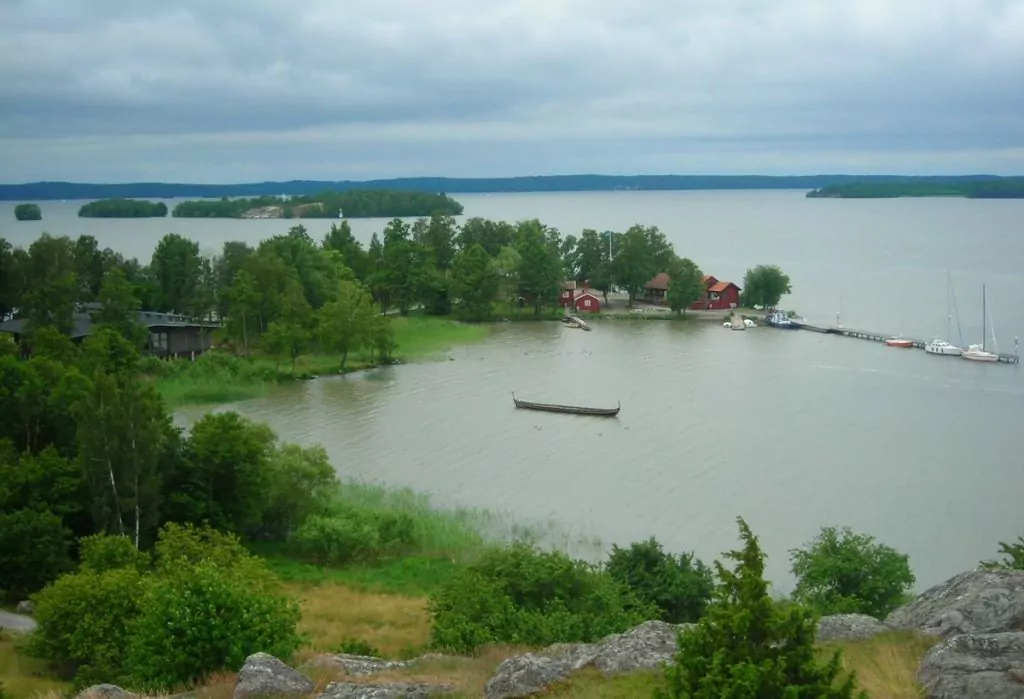
9. Drottningholm Palace area
- What? Located on Lovön in Lake Mälaren, the Drottningholm Palace area is home to Drottningholm Palace, a palace park and a palace theatre.
- Why World Heritage? "The best example in Sweden of an 18th century royal residence, representative of all European architecture from this period."
- Reflection? We were here last autumn! Read more about our visit at Drottningholm Castle.
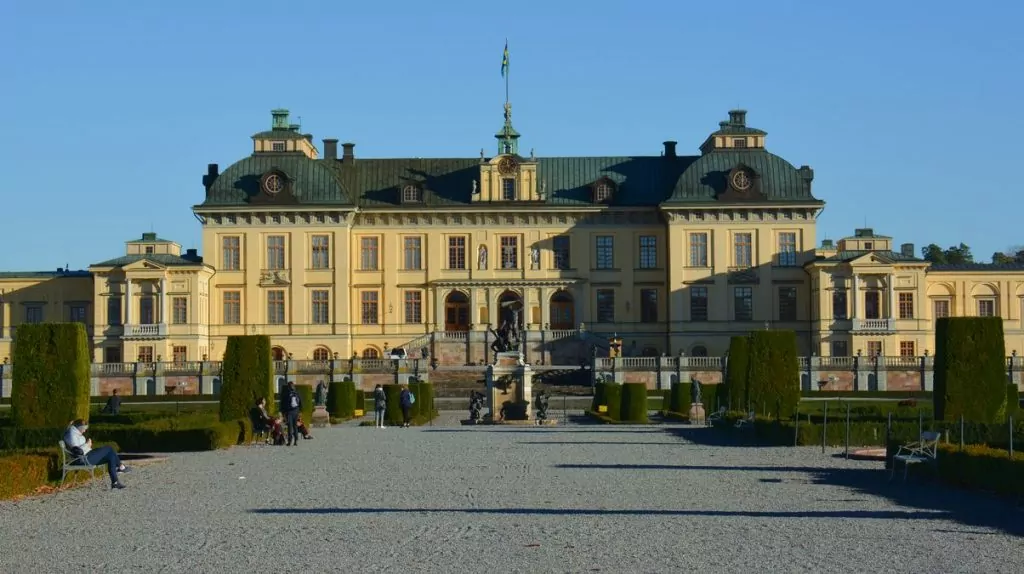
10. Forest cemetery
- What? A cemetery from 1920, where nature was used to create the cemetery environment. The cemetery has served as a model for the design of cemeteries around the world.
- Why World Heritage? "An outstanding example of how architecture and a designed cultural landscape from our century are merged into a cemetery."
- Reflection? We just discovered our nearest World Heritage Site. Read about our visit at Forest cemetery.
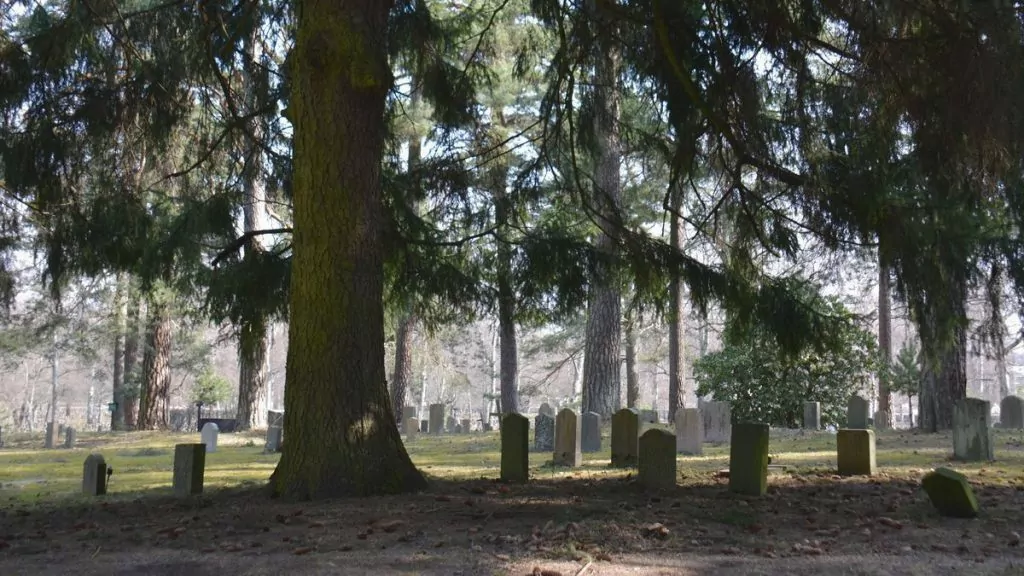
11. Tanum rock carving area
- What? Over 350 groups of carvings from the Bronze Age. The carvings are well-preserved, giving an insight into life here thousands of years ago.
- Why World Heritage? "Outstanding examples of Bronze Age art of the highest quality. The range of motifs provides rare evidence for many aspects of life in the European Bronze Age."
- Reflection? Very exciting indeed! This is a Unesco World Heritage Site in Sweden that we would love to check out.
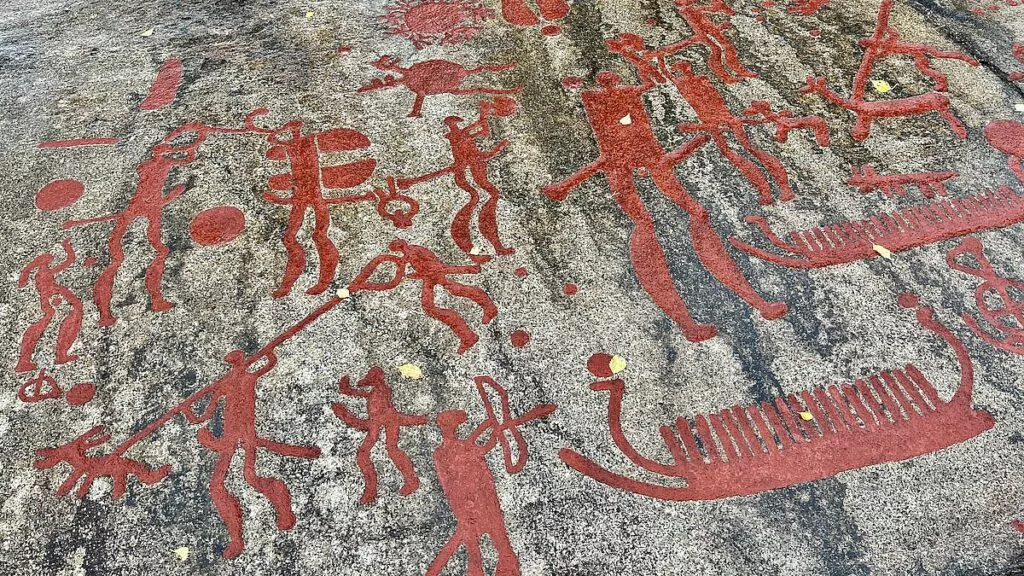
12. The Hanseatic city of Visby
- What? Visby on Gotland is an old Hanseatic city with medieval buildings and an impressive ring wall.
- Why World Heritage? "An outstanding example of a northern European walled Hanseatic city that has uniquely preserved its townscape."
- Reflection? Visby is a wonderfully charming and interesting city. I (Helena) have only visited on business, and we would love to see more.
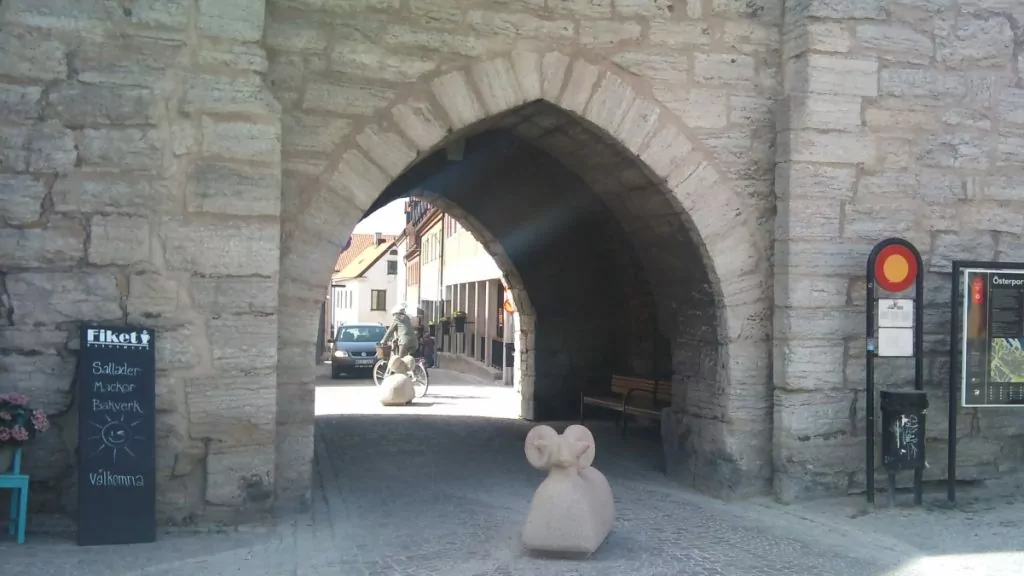
13th Grimeton radio station
- What? The radio station Grimeton is located in Halland and was built in the 1920s as part of a worldwide network of radio transmitters. The radio station is not regularly used today, but it still works and is therefore unique.
- Why World Heritage? "A unique and outstanding monument representing the development process of communication technology in the post-World War I period."
- Reflection? What a different Unesco World Heritage Site in Sweden! But who knows, it might be interesting?
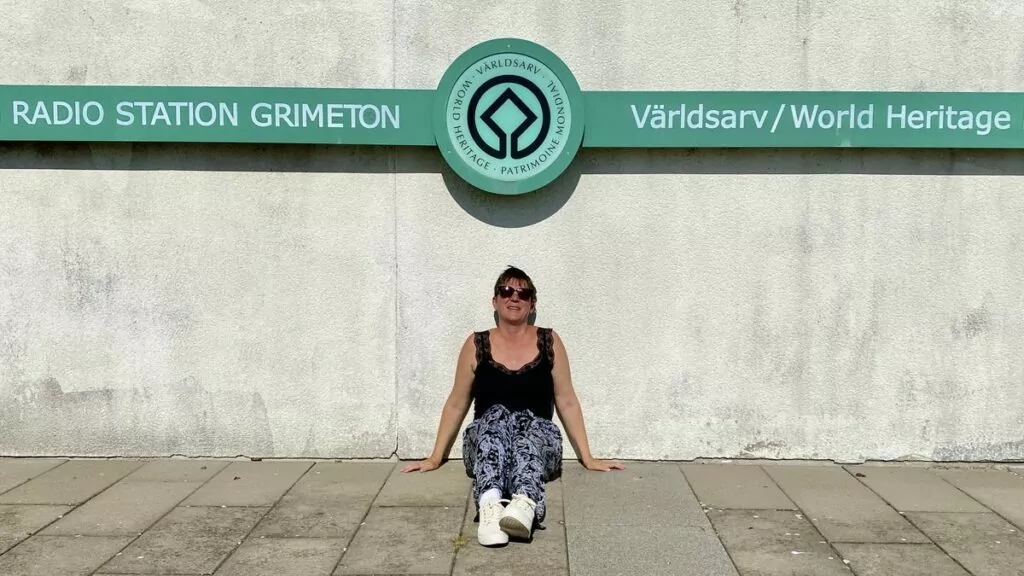
14. Southern Öland's agricultural landscape
- What? The agricultural landscape on southern Öland consists of fields and pastures. The area has a history that spans several thousand years.
- Why World Heritage? "A unique example of human settlement where the different landscape types on a single island have been optimised."
- Reflection? Important to preserve of course! Agricultural landscapes don't sound very exciting in themselves, but we would love to see more of Öland.
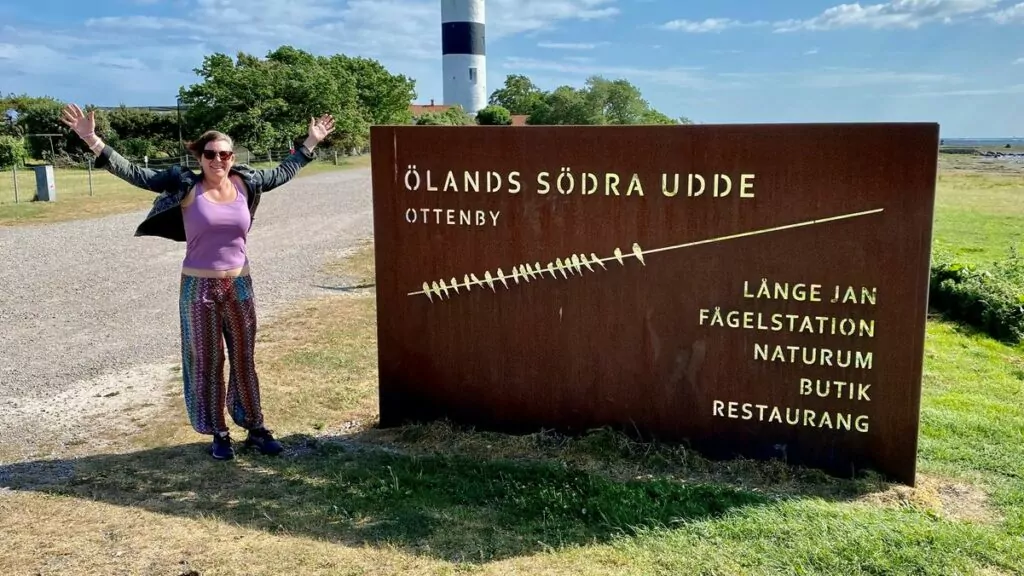
15. the naval town of Karlskrona
- What? Karlskrona is a town founded in 1680 because there was a need for a fortress in southern Sweden. The city was then one of the most modern naval bases in the world, and served as an inspiration for others.
- Why World Heritage? "An extraordinarily well-preserved example of a European planned naval town" and "the best preserved and most complete of those remaining."
- Reflection? Karlskrona is an interesting and beautiful city in the Blekinge archipelago. Feel free to read our best tips for Karlskrona.
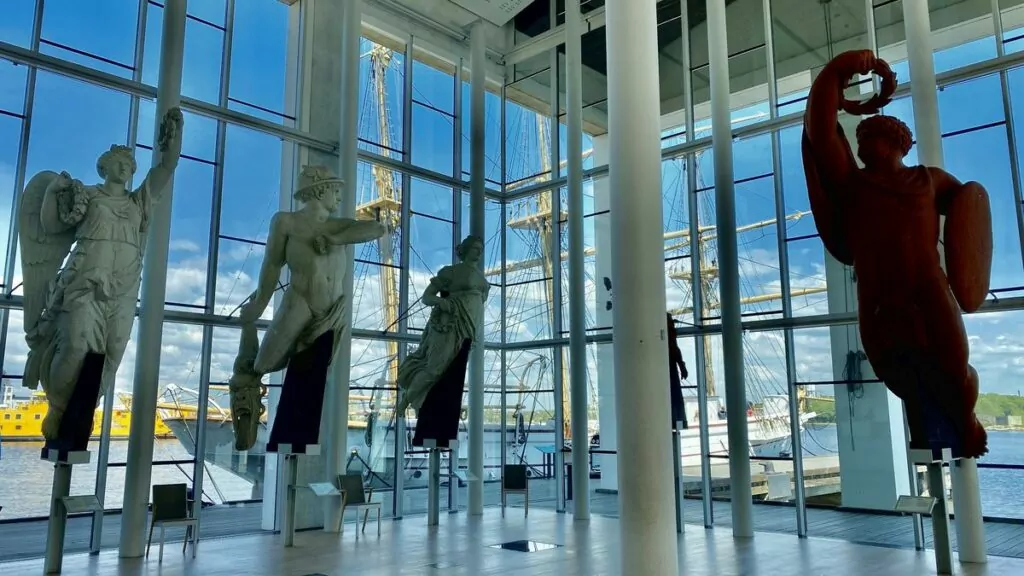
Which Unesco World Heritage Sites in Sweden have you seen?
So far we have seen 7 of the 15 World Heritage Sites, but some were long ago and others we could have seen more of. The ones we (or one of us) have visited are: Höga kusten, Kopparbergslagen, Birka, Drottningholm, Skogskyrkogården, Visby and Karlskrona. How many have you seen and which ones? Which ones would you like to see?
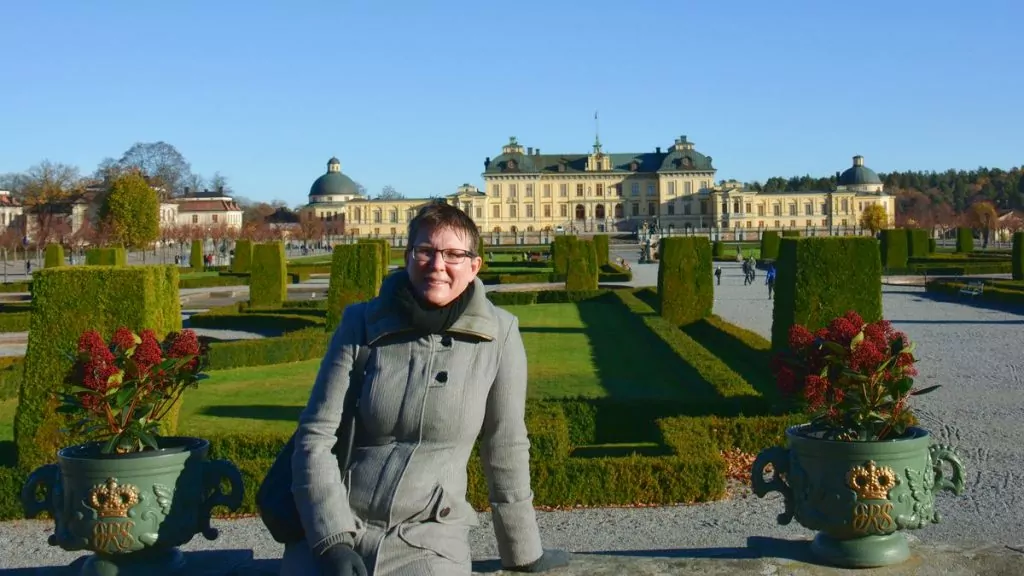


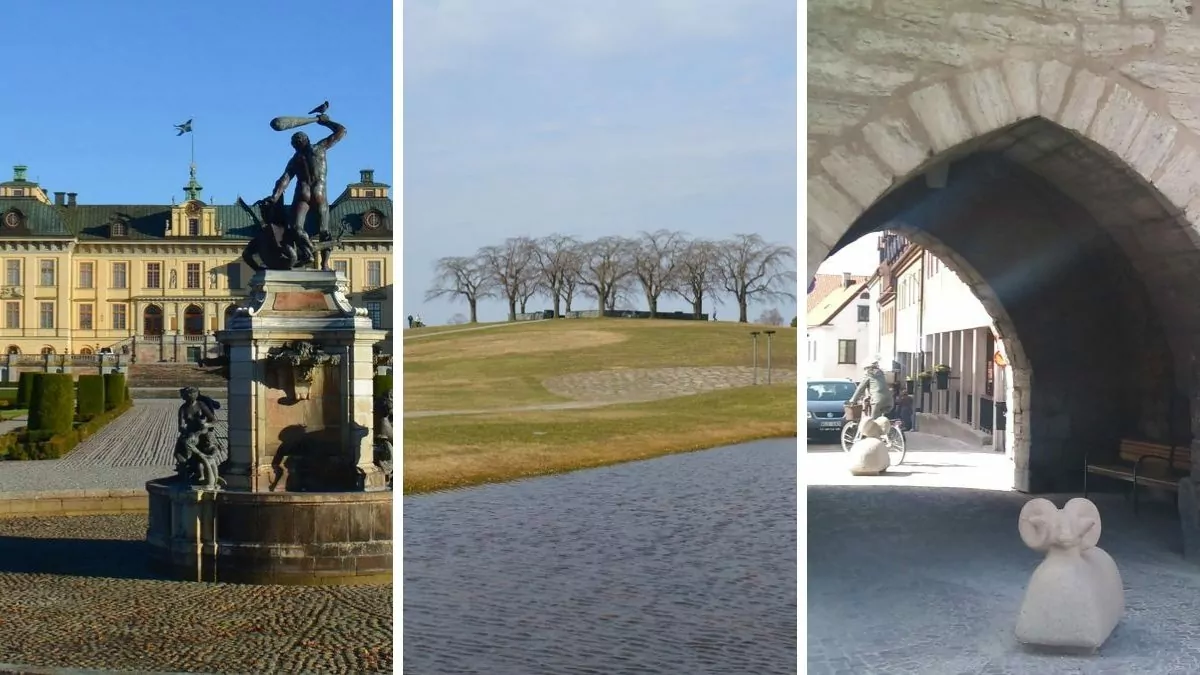






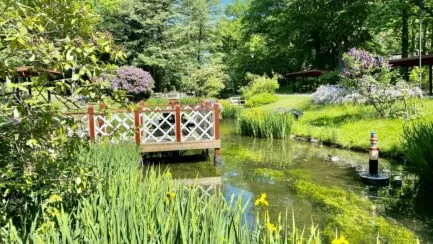

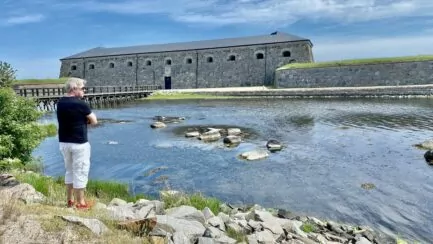
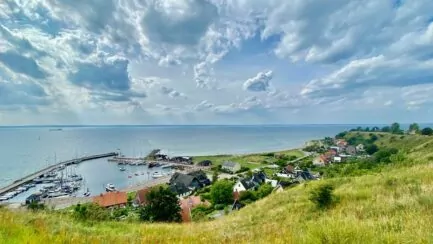
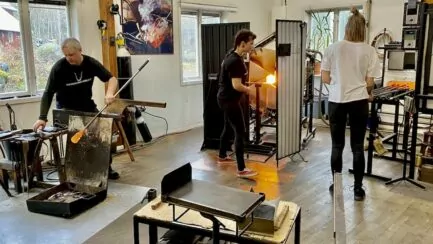



Kenneth Risberg says:
4. Höga Kusten, stayed there on my trip home from Lofoten last summer.
6. I won't forget Falun and the copper mine because I did my military service in Falun in 1969-70. 7. Engelsbergs Bruk is a very interesting area to visit and learn about its history. 11. The rock carvings in Tanum I have visited but also passed (visible from the road) a number of times, both on my diving trips to the west coast but also on my work assignments. 12. The Hanseatic city of Visby and the ring wall when visiting for the Gotland Grand National 2016. 14. South Öland's agricultural landscape but have not thought about it. 15. the naval town of Landskrona both as a tourist and for work purposes. Would love to visit Hälsingegårdarna, Gammelstads Kyrkstad and Sarek National Park.
07 April 2019 - 6:44
Helena says:
Then you have had time for a bunch! 🙂 Yes, I remember that you visited the High Coast! Also understand that you do not forget Falun then ...!
07 April 2019 - 11:10
Solan says:
An interesting approach.
We have been busy 1, 2, 3 and 13 left. We are very bad at rolling far north!?
☺ 13 will probably be this summer.
07 April 2019 - 7:47
Helena says:
It was diligent! 🙂 We have also been a little bad at rolling north, it has only been once. Glad you have number 13 going on! 🙂
07 April 2019 - 11:11
Matts Torebring says:
Thank you, this was very interesting. Now we have to keep our eyes open when travelling.
07 April 2019 - 7:52
Helena says:
Yes, right? Same here 🙂
07 April 2019 - 11:11
Mr Nils-Åke Hansson says:
Ten of these have been visited by me/us.
07 April 2019 - 8:19
Helena says:
Not bad! 🙂
07 April 2019 - 19:48
Lena - good for the soul says:
Wow, this is interesting. It turns out that I have visited 9 of these places. The funny thing is that I didn't realise they were world heritage sites when I visited them, haha.
4. The High Coast, breathtakingly beautiful! Well worth a visit.
5. Hälsingegårdarna, I have a vague memory that we visited a farm in Hälsingland when I was a child, and that it was special.
6. Falun, I've visited that town, but I don't think I've actually visited the mine.
7. Engelsberg Mill, oh so beautiful. A fantastic mill environment with beautiful wooden houses and greenery. Not to mention the neighbouring Oil Island. You can visit the island via a guided tour. So delicious. I made a post about that visit a few years ago.
8. Birka, very interesting visit with one of the children's class.
9. Drottningholm, beautiful!
12. Visby yes, such a beautiful city in its own special way. Love the buildings there.
14. Southern Öland has a very special landscape. The whole island is nice and well worth a visit. Liked a lot about Öland, perhaps most northern.
15) We visited Karlskrona when the children were small. They thought it was really interesting to visit the old facilities!
Then it was just to graze the remaining points then. Well, maybe not all of them, haha!
Hug Lena
07 April 2019 - 8:40
Helena says:
I understand you, I haven't been aware of which are world heritage sites and which are not! Glad you liked Engelsberg's mill, I hadn't even heard of that place! 😉
07 April 2019 - 19:49
Eva - People in the Street says:
I have had the privilege of living in Gammelstad church town since 1996 and my children have played hide and seek around the church cottages just like their grandfather did. I never get tired of walking around the alleys and the church cottages and I'm happy to guide you around when it's time for you to visit Kyrkbyn (as we call it).
07 April 2019 - 9:20
Helena says:
But oh, I have missed that, that you LIVE there! Hope we can get there on occasion, would very much like to get a guide! 🙂
07 April 2019 - 19:50
Eva - People in the Street says:
Yep, we live here (there) 🙂 We can arrange both guided tours and other nice things when you come!
07 April 2019 - 20:06
Ama de casa says:
We have not travelled around Sweden very much. We almost always went abroad when it was time for a holiday.
Have seen 3, 4, 9, 12, 14 and 15. Have thought about taking a big trip around the beautiful Sweden, but so far it has not come further than thoughts. Almost five years since we visited our old home country now ...
07 April 2019 - 9:31
Helena says:
Wow, it's been a while since you were in Sweden! Maybe time for a visit soon? 🙂
07 April 2019 - 19:50
Britt-Marie Lundgren says:
We note that we visited 9 of them
- Laponia; hiked there, so beautiful it's beyond words.
- High Coast; by motorhome, great views.
-Hälsingegårdarna; this summer on the way to bear watching. Became a yes (stopped at two that are recommended; closed).
-False copper mine; interesting.
-Forest cemetery; beautiful
-Tanumshede; many visits over the years; fascinating.
-Visby; the city and the whole of Gotland outside the tourist season is magical.
-Southern Öland; last autumn with the photo club. Barren but beautiful.
-Karlskrona; with motorhome. Nice place in the harbour. Visited the Marine Museum and Rosenbom.
Of the others, Birka and Gammelstad are particularly attractive.
Great idea for a post!
07 April 2019 - 10:32
Helena says:
Laponia must be beautiful! I have seen very little of Norrland, I must admit ... Interesting that Karlskrona has a good place to park, would fit well with a visit then! (Although it is a bit to drive, so there must be time!) Glad you liked the post! 🙂
07 April 2019 - 19:52
Only British says:
Engelsberg was under some threat during the 2014 forest fire. I remember sitting and keeping my fingers crossed that things would go well, not just because I hadn't got there yet.
I have seen Falun (but think Sala is at least as worth seeing), Visby, Grimeton (which is also visible from the motorway but then you can't read more and see the majestic masts up close), Karlskrona, Höga Kusten, Birka, Drottningholm and Skogskyrkogården.
07 April 2019 - 10:50
Helena says:
Wow, lucky that Engelsberg survived then!!! We have been to Sala, and it was interesting!
07 April 2019 - 19:53
Berit says:
The World Heritage Sites I have visited are 15, 14, 12, 9, 6, 5, 4, 3, 2. Perävaara and Struve's meridian arc will be visited this spring.
I also want to visit the forest cemetery soon. The remaining 4 I will put on my next list.
07 April 2019 - 11:25
Ditte says:
These world heritage sites are so interesting. I have visited all of them, both privately and through my travelling job, except Gamlestadens kyrkby in Luleå and Struves Median Arc. And this summer I will return again to several of them. But I will have to graze the ones I have not yet seen and experienced.
07 April 2019 - 11:55
Helena says:
Glad you got the chance to see so many of them!
07 April 2019 - 19:54
4000mil says:
I have done 10 of them. Not too bad if I may say so myself. 🙂 🙂 🙂
07 April 2019 - 11:58
Helena says:
Agree, not bad! 🙂
07 April 2019 - 19:54
Snows says:
I have seen 8, 9, 10, 11 and 15. Sweden is fantastic!
07 April 2019 - 12:10
Helena says:
Yes, Sweden has a lot to offer! 🙂
07 April 2019 - 19:54
Helena - Oh darling, let's be adventurers says:
I have made my way up Tynnyrilaki and seen Struve's Meridian Arc. Or yes, for me, the view was the most worth seeing there and very much why I wanted to get there, hehe. Super nice! Have also visited Laponia, Gammelstad church town, Höga Kusten, Drottningholm and seen southern Öland's agricultural landscape.
07 April 2019 - 13:18
Berit says:
The World Heritage Sites I have visited are 15, 14, 12, 9, 6, 5, 4, 3, 2. I will visit the Struve meridian line outside Haparanda this spring.
I have visited most of them many times. On my list are the other five I have not visited.
07 April 2019 - 15:40
Sandra Lifsresor.se says:
8.5... I have come ashore by ferry in Karlskrona and travelled through the city by car. But it probably doesn't count. At least not as a whole.
07 April 2019 - 16:39
Helena says:
Haha, you have a reason to go back to Karlskrona then! 🙂
07 April 2019 - 19:55
Ann-Louise Paulsson says:
Interesting! It would be fun to visit them all. So far I've managed Falun (didn't go down the mine though), Drottningholm, Södra Öland and Karlskrona. Then I have been just outside Skogskyrkogården many times, but I have never been inside. That will probably change. 🙂
07 April 2019 - 16:46
Helena says:
The forest cemetery was nice and worth a visit we thought!
07 April 2019 - 19:56
Anette says:
I have only visited numbers 12 and 14.
No 15, Karlskrona is my childhood town so I have spent a lot of time there.
Great idea to showcase these world heritage sites, it makes me want to go to a few more, at least the ones that aren't too far away.
07 April 2019 - 18:31
Helena says:
Oh, so Karlskrona is your childhood town! Glad you liked the post! 🙂
07 April 2019 - 19:57
BP says:
What research you have done! Incredible! Have visited Birka, Drottningholm, Skogskyrkogården and Visby. But have never been to Norrland, which may be due to the fact that it is very cold during the winter and that you get mosquito bites during the summer;-)
07 April 2019 - 18:39
Helena says:
Yes, it was a lot of research actually! Norrland always looks so amazing in pictures, but when we were there (summer 2010) it was actually really cold, haha. May have to make a new attempt 😉
07 April 2019 - 19:58
Maria's Memoirs says:
The High Coast, Drottningsholm and Visby will be for me. But I was so small when we travelled to the latter, so I want to return to Gotland ?
09 April 2019 - 9:11
Mrs Gunilla Alm says:
Visited 4,5,9,10,11,12,13,14 and 15. Drove E4 E10 to Haparanda but did not stop much along the way.
About Grimeton. A long time ago, I went on a guided tour there. Long before the general public had access to the internet. I thought it was exciting with, among other things, the continental cable. The surrounding nature is beautiful and only a few kilometres away is Ullared with Gekås.
08 April 2019 - 9:49
Maria / Magnolia Magis says:
What fun! Exciting with pre-Nordic religion as well! Those we have seen of these are Falun, Drottningholm, Tanum's rock carvings, Visby, Grimeton (we went past on the last trip down), South Öland and Karlskrona. But there will be 7 pieces! Those in Norrland we will hopefully see and Hälsingegårdarna.
08 April 2019 - 11:51
ann beutler says:
I have seen 9 of them. The one that captured my heart the most was probably Skogskyrkogården, even though they are all fantastic in their own way. Next year it will probably be Höga kusten and Hälsningegårdarna.
11 April 2019 - 11:06